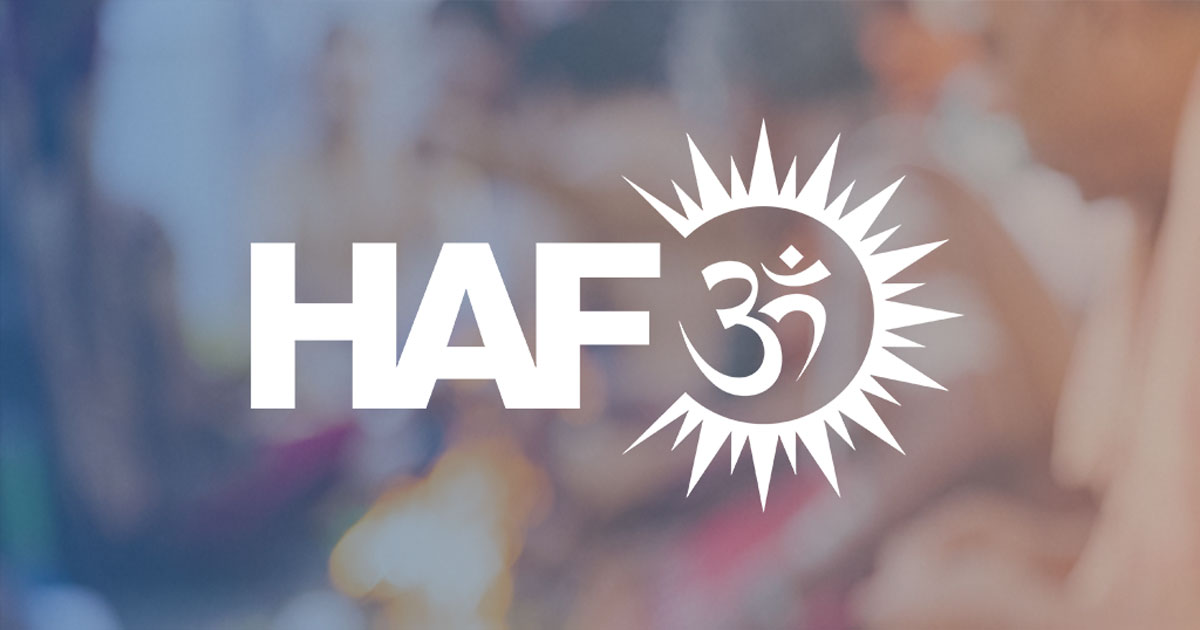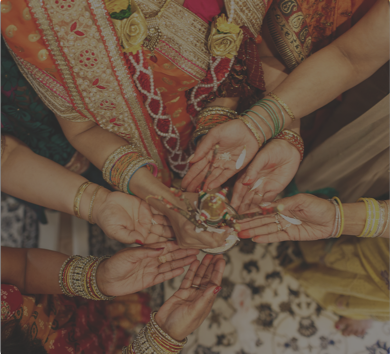
Christmas decorations at the White House include a crèche in the East Room (despite reports that White House social secretary Desirée Rogers suggested that the Obamas were planning a “non-religious Christmas.”) Should the White House, whose residents serve all Americans, display a crèche or a menorah or any strictly religious symbols during the holidays?
It may be that my childhood South Florida home moved to the rhythms of garbas during the nine nights of Navaratri that celebrate the Goddess Durga, and we fasted on the days of Janmashtami, Ram Navmi and Maha Shivaratri–dedicated to the manifestations of God in the names of Krishna, Rama and Shiva, respectively. And our neighbors may have wondered why our house was aglow with Christmas lights a month early to celebrate Diwali, the festival of lights.
But those same lights stayed up right through the Christmas holidays, and my Hindu American family at least, marked the festive season with a Christmas tree bedecked with candy canes and wrapped gifts, joyful carols and quite a dose of merriment. To a pluralistic Hindu, the birth of Jesus was celebrated as the holy advent of another avatar (incarnation) of the one Supreme God. Our family wouldn’t have celebrated Christmas if we were in India, but living in the United States, the holidays were something we shared with our neighbors and community.
Note that I write our celebrations were at “home.” It is the defining spirit of America, that everyone of us is free to practice our religion without any interference or persecution. We may celebrate in our homes, with our community and at our places of worship. We can express ourselves by airwaves or fiber optics, by texting or television.
And still, the “this is a Christian country” demographic sees an attack and broadside behind every bush. Believing their paranoid illusion, these partisans are busy creating an imaginary alternative narrative that a wall never existed between church and state, the Enlightenment never influenced our Founding Fathers, and that the public display of one religion–not Hinduism, of course–is perfectly legitimate.
The Hindu American Foundation’s very first public project, half a decade ago, was an amicus brief in Van Orden vs. Perry arguing against the public display of the Ten Commandments on the grounds of the Texas Capitol, and most recently was victorious when a federal court ruled in favor of the Foundation’s lawsuit banning the South Carolina legislature sponsored “I Believe” license plates that featured those words set against a cross and church window. We have seen, directly and intimately, that when government opens the door–even a crack–to allow seemingly benign exceptions, foolish measures such as the one in South Carolina barge through that opening.
The crèche is not a Christmas tree, it is a very overt depiction of an event deeply meaningful, symbolic and holy to Christians–a sentiment that I respect immensely. And, yes, its depiction is awkward, incongruous and would typically seem to endorse one faith over others. It should be in the White House, no doubt–but many would rightly argue that it should be in the private areas, and not in the public spaces that belong to all Americans.
But the Obama White House, more than any Administration before, has given itself to celebrating faith with the subtle, yet manifest finesse reflecting the pluralistic perspective of this Christian First Family. President Obama celebrated Ramadan with Muslims, a large Menorah was erected for Hanukkah, Sikhs were hosted just last week, and, of course, he became the first President to light a Diwali lamp while Hindu Vedic verses were chanted by a Hindu priest. Substantively and demonstrably, this Administration is different. Faith is celebrated for its intrinsic role in our nation’s psyche, but an inclusive and pluralistic tone gets this President a pass when it comes to the crèche.
Will every religious holiday be celebrated in the White House? Will the Wiccans have a chance to commune with Obama or will the Zoroastrians celebrate Nowroz, their New Year, with the President as well? They are just as American and deserving of the privileges of access as any other tradition. These are the difficulties of drawing lines when the display of faith enters the public realm. Today their numbers may be small, but then a few decades ago, Hindus would not have contemplated Diwali with a President. Our nation will not flirt with even the whiff of hypocrisy only when the wall between church and state is strong and impassable.
Unless city halls across the country are going to accommodate all religions and demonstrate the unique expansiveness of the Obama White House, they should not display nativity scenes on tax payer funded land. The luminous crèche in our neighbor’s yard and on the church’s plot down the street are just as visible, there to enjoy while staying on the right side of the all important wall.
For now, though, I say President Obama inherited traditions of celebrating religious holidays in the White House. He has done his part by opening up the celebrations to include other major faiths. The crèche is not a permanent display, and like the menorah and Diwali lamp, the scene elicits good tidings, cheer and a spirit very much in need this year.
Views expressed here are the personal views of Dr. Aseem Shukla, and do not necessarily represent those of the University of Minnesota or Hindu American Foundation.






































